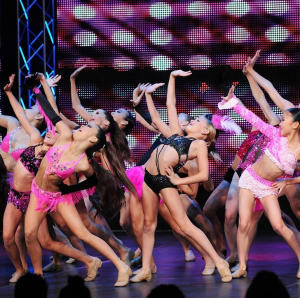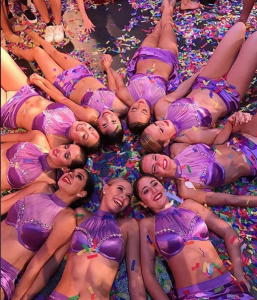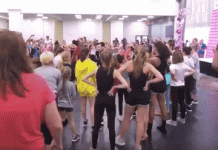One of the most important talents a dance teacher can have is communication skills. As a teacher, you will probably interact with hundreds of dancers of all different ages as you teach your classes during the week, and you need to be able to communicate effectively with all of them.

Know What and How
You are sharing your knowledge of dance technique and skill, so it is important to know what you want to say to your students about each maneuver, combination, and stretch as well as ways they can improve. However, knowing how to say these things is just as important as what you are trying to say. You can say the same thing a thousand different ways, but each way will probably have a different connotation to your students. For example, if you have a student struggling to perfect a rhythm, you don’t want to say “You need to do better.” Instead, you should say “Let’s work on that a little more.” Both sentences tell the student that they aren’t quite where they need to be, but the second is more kind and shows a willingness to help.
Instead of ____ Try _____
Instead of asking “What?” try “How can I help you?”
Instead of “That is the wrong way to do that.” try “Let’s work on making that better.”
Instead of “Don’t…” try “Please…“
When you are speaking to your students (or anyone!) being conscious of the way you say things can help improve the outcome of the situations and even make you happier. Try replacing bland or harsh speech with more positive speech. Even no one else notices the difference, it could improve the way you view things!
 Positive Language Expands Your Options
Positive Language Expands Your Options
You might not notice it, but thinking negatively (or even neutrally) makes it harder for you to think broadly about solutions. It stands to reason that speaking negatively will do the same thing, but it will also carry those limitations over to the person you are speaking to. For instance, if you see a student performing a move poorly and you say, “This is going to hurt us during a competition,” you are seeing one outcome. In that outcome, the student performs poorly and it reflects on your scores during a competition. If you see a student perform a move poorly and you say, “We need to work together to improve this,” you open yourself up to several outcomes. When you think of the poorly performed move as something that can be improved, you can think of stretches, exercises, and even games that you can use to teach your whole class how to improve.
No matter what you need to say, always keep in mind that words have power, and even you don’t mean to carry across negative connotations, you may be limiting yourself and others simply by the way you describe things. Thinking and speaking positively will create fewer boundaries and help you communicate more comfortably with those around you!













